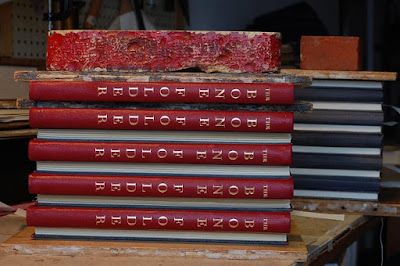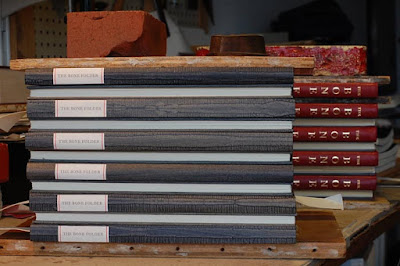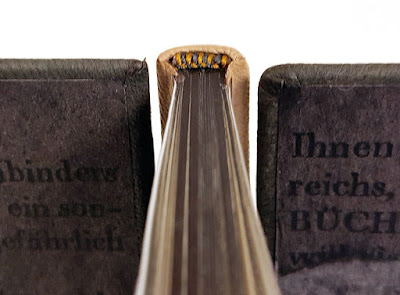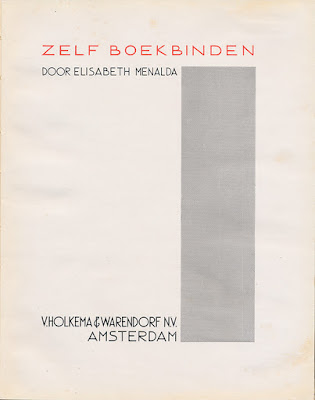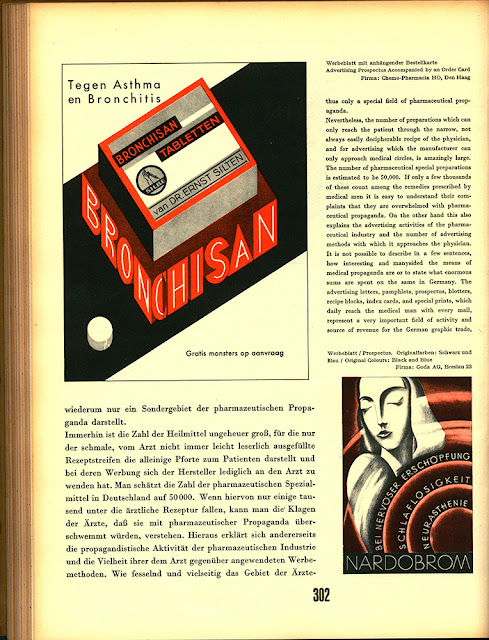Happy to add this image of the bookbinding workshop of the
Staatl. Kunstgewerbeschule in Hamburg Lerchenfeld to my collection. The workshop is significant for the first teachers there, Franz Weiße (1907-1942) and Ignatz Wiemeler (1945-1952). Both were among the absolute top of German binders and teachers of binding, and Weiße was Wiemeler's teacher. The building the studio is in was built 1911-1913, and this postcard appears to have been taken shortly after, so during Weiße's time.
 |
| Workshop of the Staatl. Kunstgewerbeschule Hamburg |
 |
| Postcard verso |
In addition to teaching at the school, Weiße was the author of numerous articles on bookbinding and marbling, including the monograph
Die Kunst des Marmorierens (Translated into English Richard J. Wolfe as
The Art of Marbling, and published by Bird & Bull Press, 1980)
Wiemeler, was perhaps THE most noted German binder of the 20th century, certainly from the US perspective. He was, among others, teacher of Kurt Londenberg (teacher of
Frank Mowery),
Fritz Eberhardt (teacher of
Don Rash), and
Arno Werner (teacher of many in Massachusetts' Pioneer Valley including
Carol Blinn,
Sarah Creighton, and elsewhere such as
Gerhard Gerlach).

